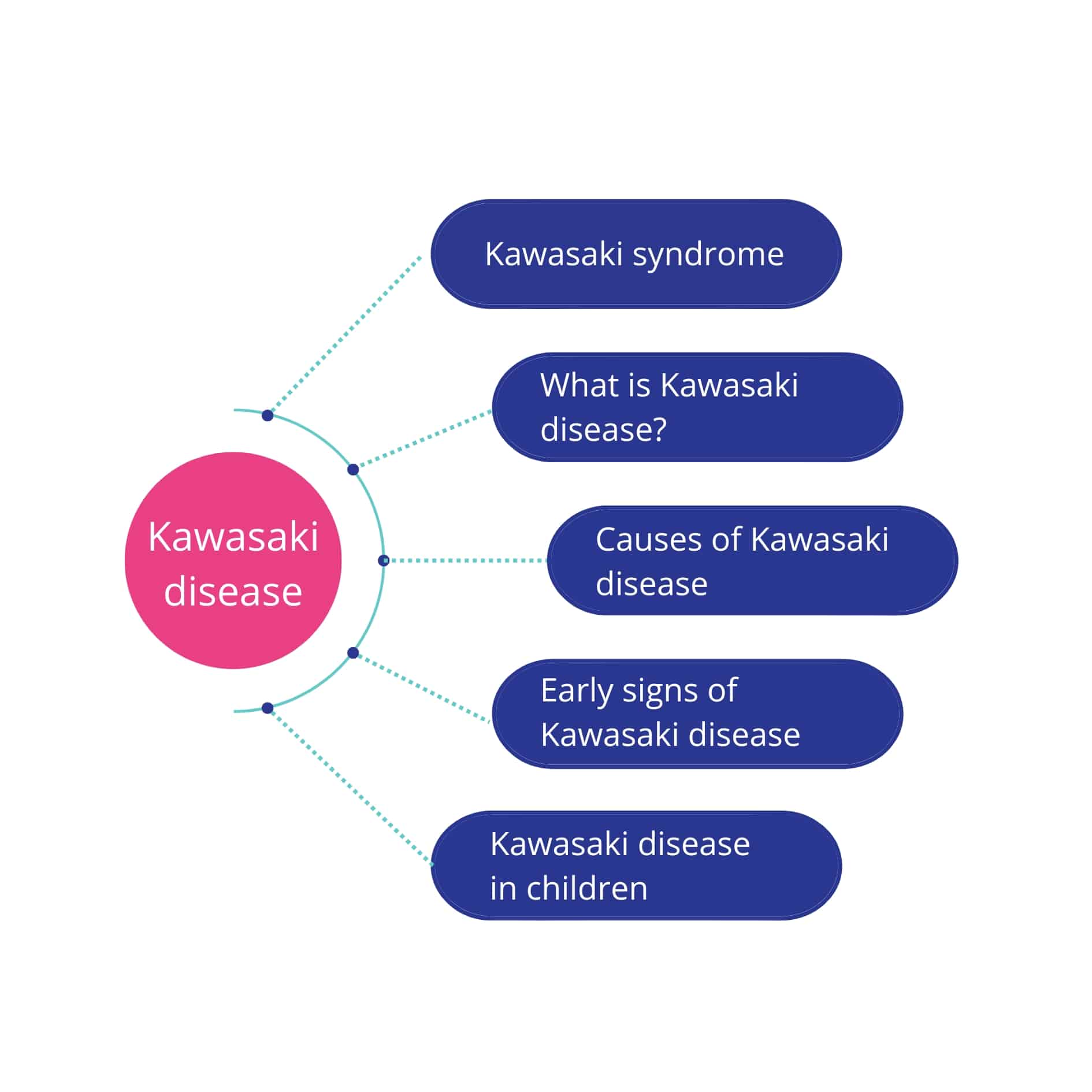
The worst part of SEO content planning?
Typing a phrase into Semrush for keyword ideas and seeing, “View all 31,954 keywords.”
That’s what a Keyword Overview search for “bariatric surgery” will give you. (Want a real challenge? Try “cancer treatment.”)
You can target an infinite number of keywords for any piece of content. But it’s impossible to target them all, so you have to choose the right ones.
All this to say, if you’ve ever felt imposter syndrome when choosing keywords for SEO, you’re in good company. Consider us your keyword selection support club.
6 Common Questions About Choosing Keywords
Keyword selection is a constantly evolving science with oodles of conflicting advice. Let’s start with the basics.
1. How many keywords should you use for SEO?
The best practice for creating findable content is to target multiple keywords per page. This helps you capture additional traffic for a topic and increases your topical authority.
How many keywords you target depends on page length. Pages with 2,000 words afford you more “room” to naturally incorporate keywords than pages with 800 words.
As a broad guideline, short pages may target 2-3 keywords, while pillar pages may target 10 search phrases or more.
2. What are the 2 types of keywords?
There are 2 kinds of keywords: Primary and secondary.
A primary keyword (also called a “focus” or “priority” keyword) is the main search phrase you want a page to rank for. Each page needs to target a different primary keyword, otherwise you risk competing against your own pages on SERPs.
Secondary keywords are related to the primary keyword. They include:
- Synonyms for the primary keyword
- Long-tail variations, such as questions
- Subtopics related to the primary keyword
See examples of secondary keywords for the focus keyword, “Kawasaki disease.”
Note: Long-tail keywords also help you optimize content for AI search. AI search engines and chatbots are shifting user behavior toward more specific, question-based searches rather than short search queries. Targeting long-tails can help you land in Google’s AI Overviews.
3. How do you choose a focus keyword?
Consider these 3 factors when choosing a primary keyword:
- Relevance: How well the keyword’s search intent aligns with the page intent. In other words, does the searcher’s goal match the page’s function? Your content should answer the user’s question, solve their problem or facilitate their intended task.
- Search volume: How many times a keyword is searched per month.
- Keyword difficulty: How challenging it is to rank for a specific keyword.
Your ideal focus keyword has high relevance, high search volume and low difficulty (also known as competition).
However, these keywords are unicorns — few and far between — and unicorn hunting isn’t a fruitful use of your time.
So, what happens when you can’t find a triple-whammy keyword? Prioritize relevance. This helps you hit that healthy balance between SEO and UX that search engines love.
Determine whether your content’s purpose is:
- Informational
- Navigational
- Commercial
- Transactional
Then, focus on keywords that fit the intent type. Many keyword research tools, like Semrush, label the intent behind keywords.
See which common healthcare pages fall under each search intent type.
4. How many searches is good for a keyword?
Once search intent and page intent are aligned, what amount of search volume should you look for in a keyword?
Using high-volume keywords may seem like the best option, but volume and difficulty have a converse relationship. A keyword with thousands of monthly searches will be harder to rank for than one with 40.
Don’t count out a keyword due to low volume. Search traffic varies depending on the intent. Informational intent keywords like “skin cancer symptoms” often have high volume, while commercial intent keywords like “skin cancer specialist near me” see lower volume — but produce more qualified traffic.
5. Where should you look for keyword ideas?
Source keyword ideas from 4 places:
- Your audience: Great content starts with your audience. Speak with patients or your physicians to learn what your audience needs, wants and has questions about.
- Search engine results pages: Conduct SERP analyses for topics to find related keywords, relevant questions and what kind of information lands in SERP features.
- Competitor websites: See what your competitors are ranking for (and trying to rank for). Use a competitive research tool or do it manually.
- Keyword tools: Search key phrases that your audience might type in and explore thousands of related keyword options.
Which keyword tool is the best? There are several popular choices:
- Ahrefs
- Google Ad’s Keyword Planner
- KWFinder
- Moz
- Semrush
- Ubersuggest
We recommend choosing a keyword research tool that gives you estimates for both search volume and difficulty level. Our favorites are Semrush and KWFinder.
Many of these platforms are free or offer free versions. But heed our warning: You get what you pay for. If ROI is important to you, a paid keyword tool is a worthy investment.
6. How do you track keyword performance?
Speaking of ROI, how do you know that you’re targeting the right keywords? Better yet, how can you demonstrate the ROI of your marketing efforts?
Your website analytics platforms will tell you (and leadership) if your SEO strategy is working. Keep an eye on certain metrics:
- Organic search traffic, of course, should increase with a solid strategy.
- Keyword positions: Google Analytics and platforms like Semrush can show your average SERP position for queries.
- Engagement time: Are users bouncing quickly? That can indicate several possible hospital website mistakes, such as poor intent match.
- Intent balance: Semrush offers a Keywords by Intent report, which shows “the percentage of each intent type” of your keywords that land in the first 100 Google results. This provides insight into why users are coming to your website and whether you’re serving searchers at all stages of the buying journey.
TL;DR: Our Top 5 SEO Keyword Selection Tips
Scrolled to the end? (We don’t judge.) Here’s a recap of our tips for selecting the best keywords:
- Target multiple keywords per page.
- Choose a different primary keyword for each page.
- Focus on long-tail secondary keywords.
- Prioritize intent and relevance over search volume.
- Collect keyword ideas from conversations with your audience, SERP analysis and competitor analysis.
Keyword strategy is only one piece of the SEO puzzle. Grab our SEO cheatsheet for healthcare marketers for more guidance on optimizing hospital website content.







